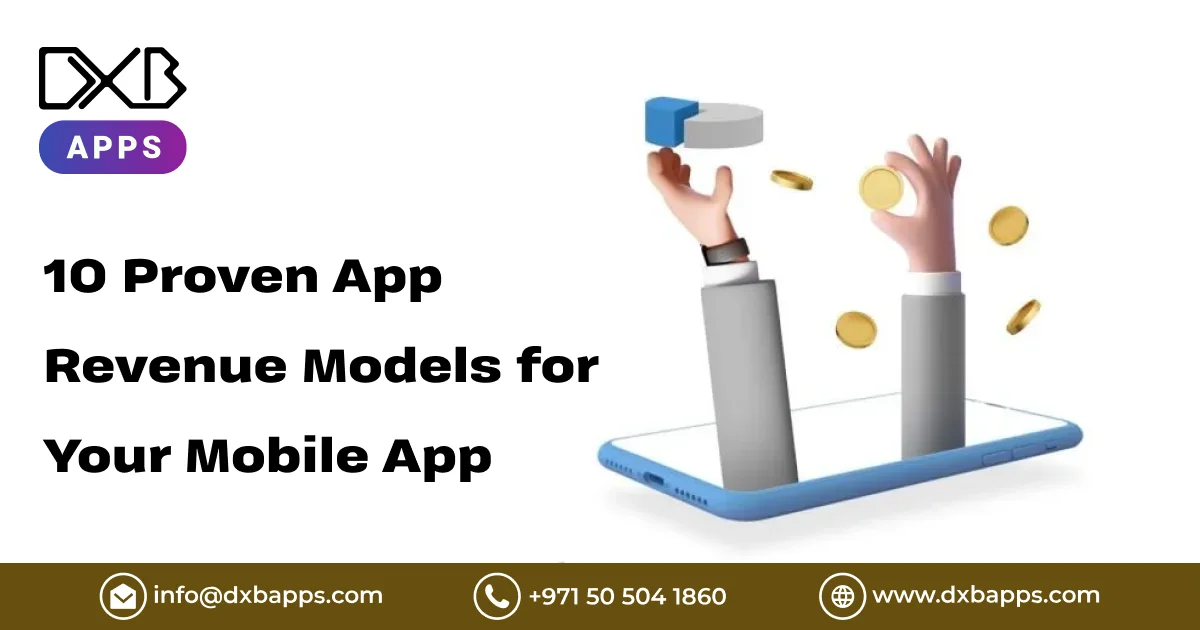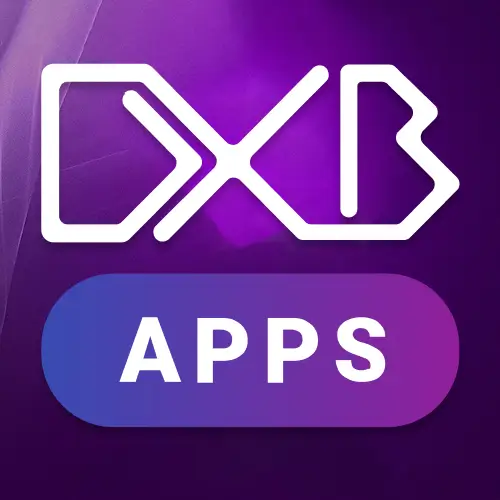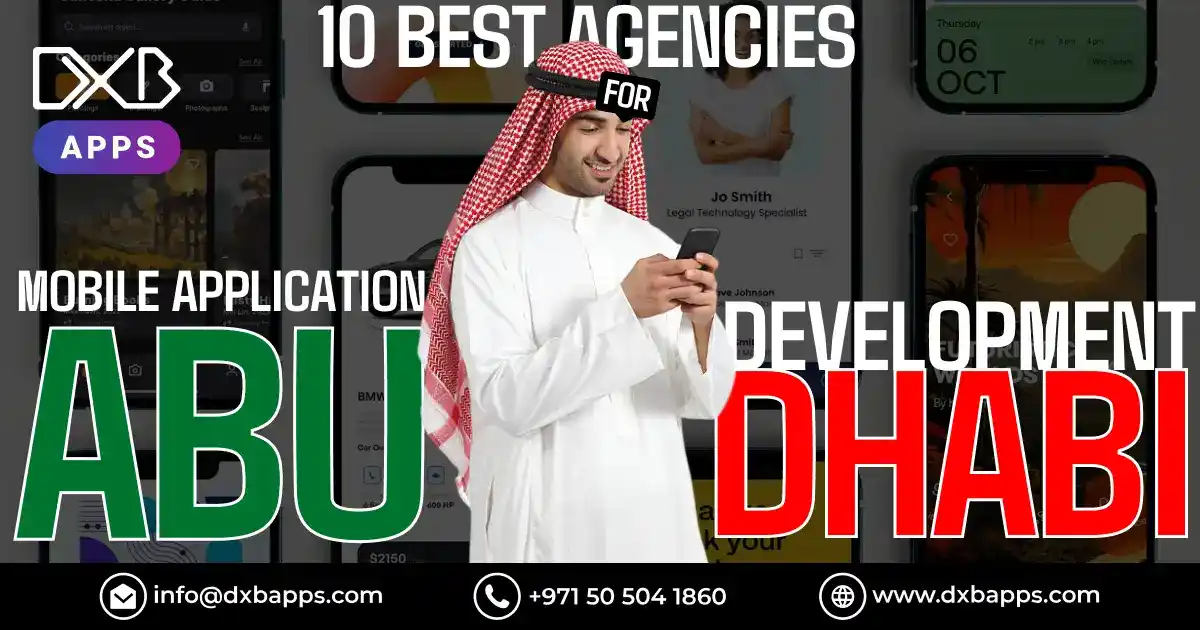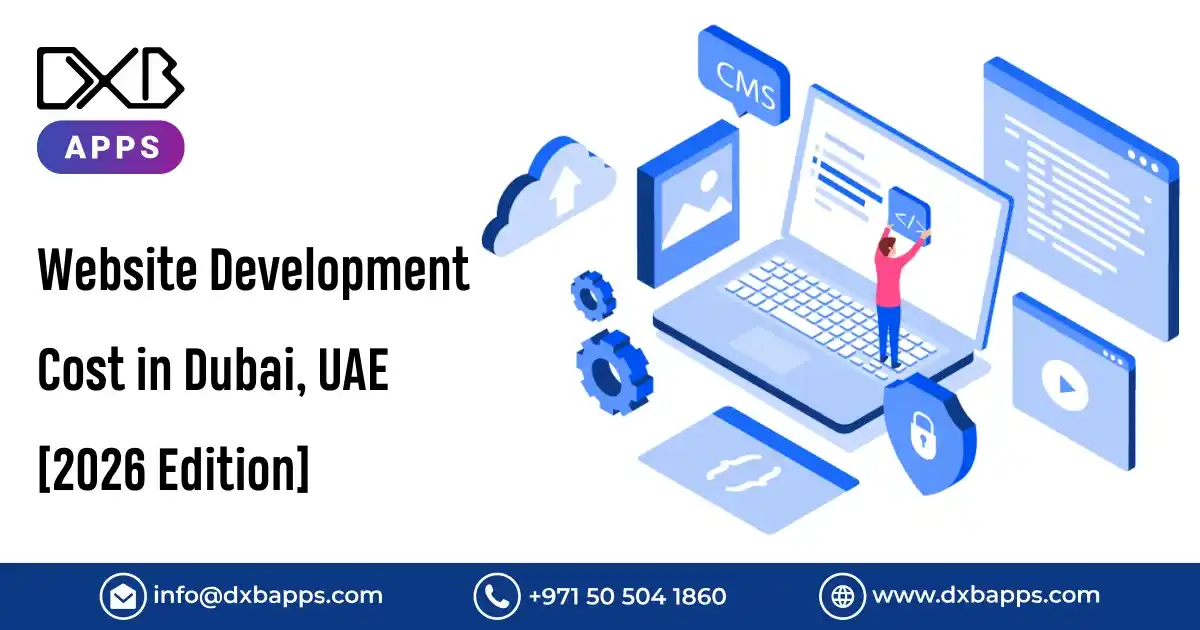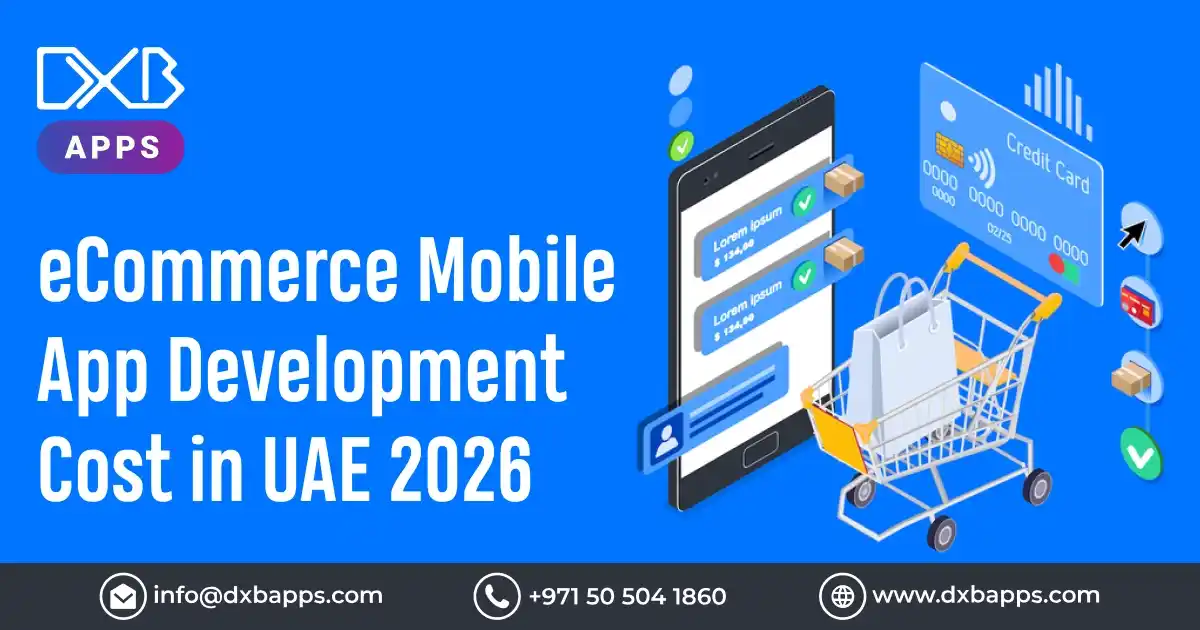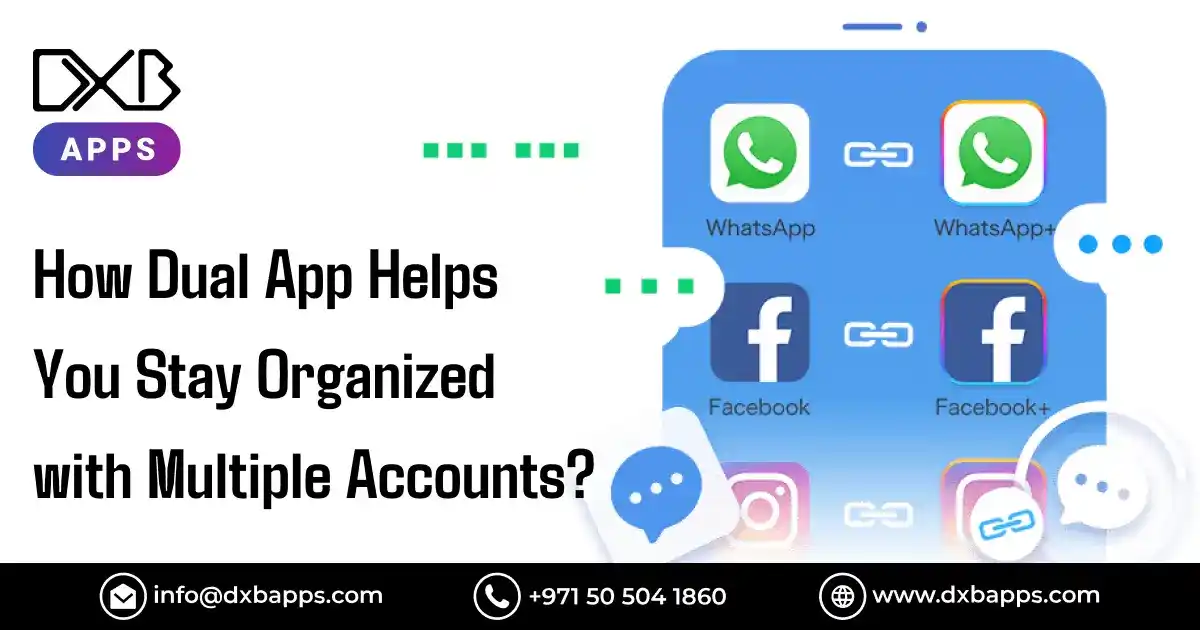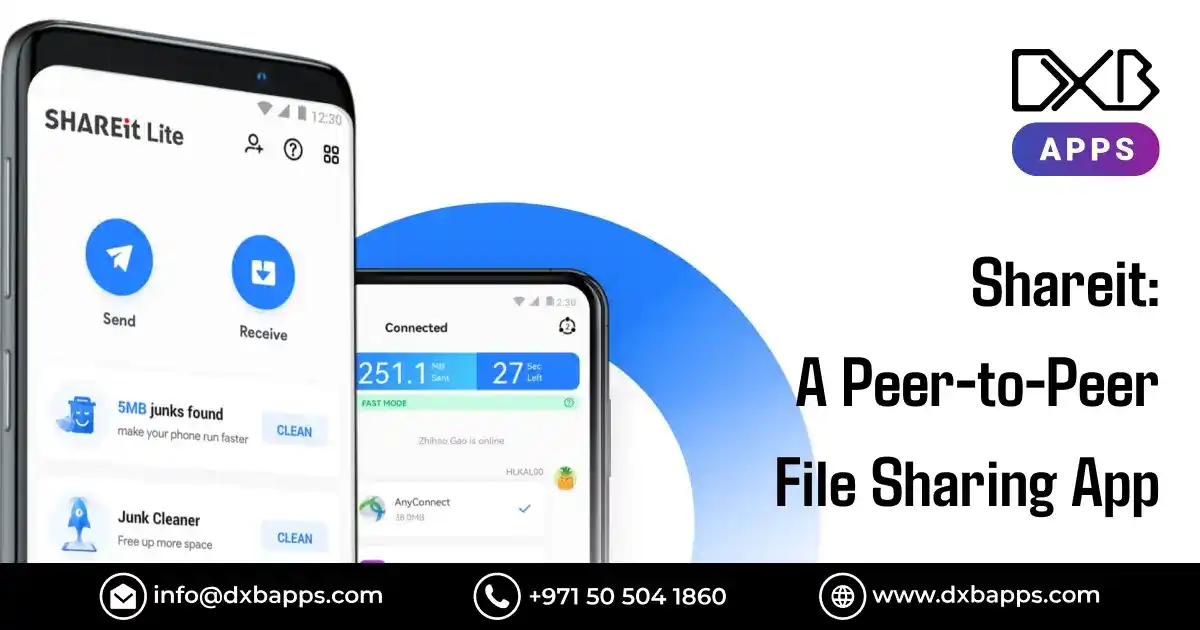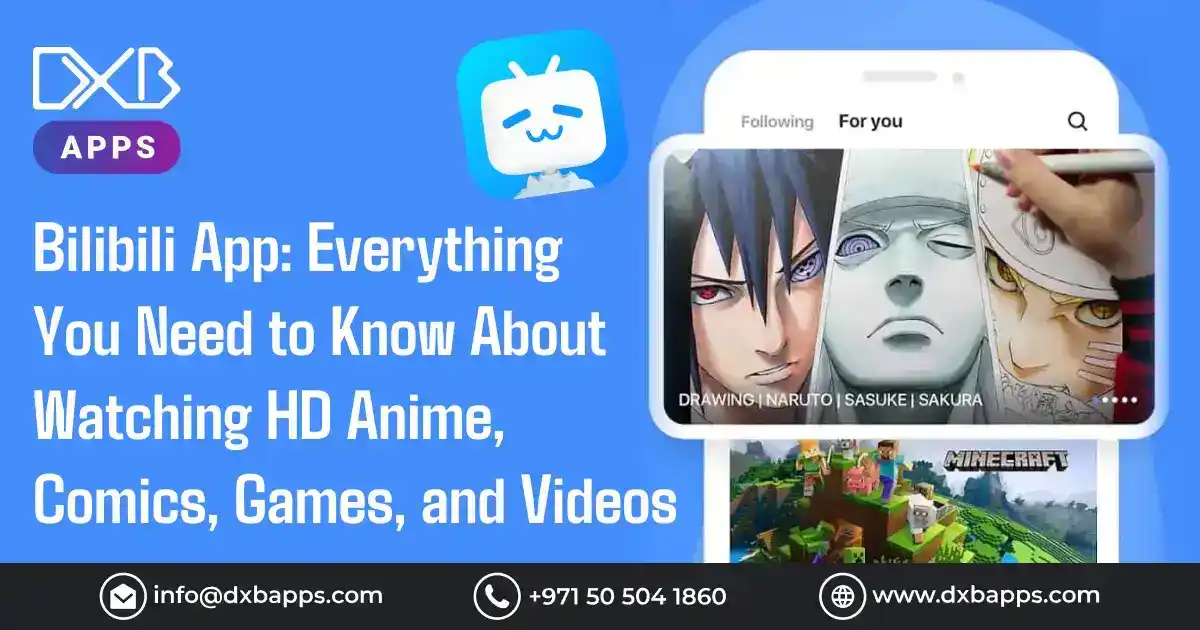Creating a great and functional application is no longer enough in today's competitive mobile app market. App developers must create a suitable app revenue model for their goals with their mobile application and the target audience. The appropriate model may make a hobby project profitable by using an app. From Statista, it is seen that mobile app revenues stand at more than $935 billion in 2023, which is a great factor for app monetization.
We will discuss the 10 proven app revenue models that provide stable revenue through an app. Starting from In-App Purchases to Paid Apps and Subscription Models, we shall illustrate these with statistics and facts to back each one up. Finally, we shall explain how DXB APPS, one of Dubai's leading mobile application development companies, can be your one-stop solution for implementing these strategies to maximise the apps' profit.
Let the correct revenue model free the true potential of your app.
1. In-app Advertisement
The most frequently used method of application monetization among free applications is in-app advertising. This model presents ads to the users who use your application. The types of advertisements used are mainly banner ads, interstitial ads, native ads, and video ads. According to the market trend, Global Mobile Ad spending is expected to reach $290 billion by 2024; hence, it's very profitable for developers.
By 2024, mobile ad revenue will reach above 70 per cent of the total revenues accounted for by digital advertisement. This trend could make mobile ad revenue dominant within the app revenue landscape.
2. In App Purchase
IAP, or in-app purchases, is one of the most widely used models for generating revenue from apps through applications, mostly games and entertainment applications. It's a model in which any virtual good, feature, or content directly available within the app could be bought by the user, for example, extra lives in a game, premium features offered in a fitness app, or news content in an app.
Applications like Candy Crush and Clash of Clans, which are famous, help users build empires worth millions of dollars through In-App Purchases. Still, when it comes to valuable content or services that consumers are willing to pay for, there is no reason why the revenue model can not work well.
‘‘App purchases play a central role to value creation in the mobile games market, with it currently raking in billions of dollars every year.’’
3. Freemium
This Freemium model means free access with an added feature that mostly has paid services to its customers. It enables users to download and use an app for free but at a cost for premium features, mainly found in productivity, health, and entertainment apps.
Free premium applications have two groups: free and premium. This is the case when the user feels the value of the app at no cost at all from scratch. It increases user acquisition, as users, once hooked, will be willing to pay for the premium version, which will now give them more functionality or something exclusive.
4. Subscription
The subscription-based model generates the most significant revenue, especially for content-oriented applications such as audio or video streaming services like Netflix or Spotify and electronic magazines. This model involves a subscription fee paid periodically for subscription periods (monthly, annually, etc.) to have constant access to the application or content.
Most subscription-based applications offer tiered pricing, with different plans according to the client's requirements. The advantage is predictable revenue because the user is attached to a specific payment plan.
The global subscription application market will reach $32.9 billion by 2025, representing the high usage of the revenue model.
5. Paid Applications
Although this Paid Apps model is not popular today due to free apps that generate income, it still promises good prospects for those apps offering exclusive services of high value. Here, the users pay just once to download the application.
Paid apps must offer much more value to make the consumer ready to pay for the one-time application cost. This could be a professional tool like Adobe Photoshop, or this application is a perfect game. Customer acquisition then will depend much on which is slower than free Apps since consumers will probably not pay for an app without trying.
6. Sponsorship and Partnerships
Sponsorship and partnership work in partnership with the brand or company. That model can get cash-hooping from the application. Once users stay active and engage with their content for quite some time, they will want to get involved in your application because they get the potential advertisement inside that app, a feature, or any given event.
7. Transaction Fees
If your app has transactional capabilities, you can charge a Transaction Fee each time a purchase or exchange is made. It would be great for e-commerce, ticketing, and any service-based app. You could charge a percentage on every ride or a fee on every sale through a platform like Etsy.
8. Data Monetization
This app shall gather valuable information, and you shall be able to sell this information to other parties. Data monetization is the process of gathering information about users’ activities, their preferences or demographics and reselling it, in an anonymous manner, to companies, advertisers and market researchers.
9. Crowdfunding
There are still grounds for crowdfunding simply because, across other fields, independent developers' niches and standalone applications are considered the most promising. Indeed, developers can crowdfund directly from users through Kickstarter or Indiegogo. This model works very well for those developing early on, especially those whose niche community is well served.
Since crowdfunding is a funding model, building a loyal user base is easy even before the app is launched. Backers may be allowed access to the app or its exclusive content in return for support.
10. Licensing
You may license your app with proprietary technology or unique features to other businesses or developers. The model will help you generate income by allowing others to utilize your app's technology in their products or services.
Your app may have a special algorithm or feature. License it to other apps or industries and charge royalties or pay in one lump sum.
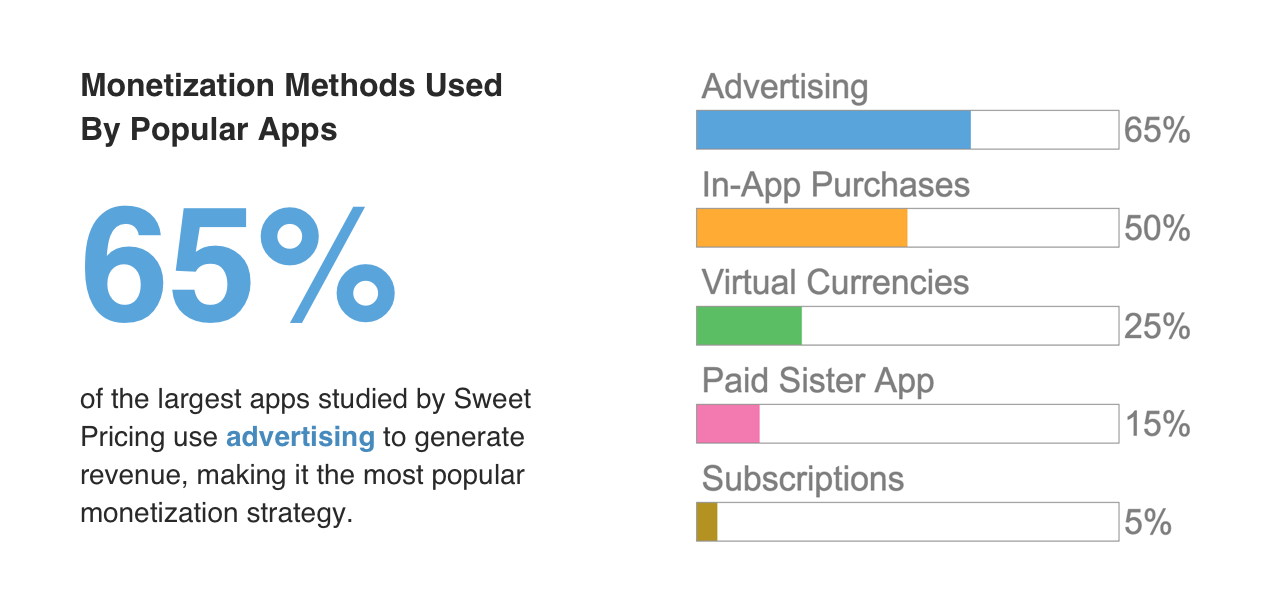
Trust DXB APPS For Making Excellent Mobile Apps
Being one of the best mobile app development company, DXB APPS focuses on developing high-end mobile applications with consistent and sustainable mobile app ad revenue. The team cooperates closely with clients from conceptual stages to app development Dubai based on the chosen and well-implemented best App Revenue Model for various apps, target audiences, and business objectives.
Our team is well-experienced in integrating In-App Purchases and In-App Advertising to let your app bring users some value with sustainable profitability. Be it an app development partner who will implement the strategy of monetising mobile apps or developing an entirely new application, DXB APPS is always here to guide you.

Conclusion
The correct app revenue model is the success mantra for app developers in monetizing mobile apps. In-app advertising and In-App Purchases aside, the gamut of revenue models includes Subscription Models, which vary with the application's objective and user base. Knowing and exploiting these will help you build a user engagement app to make daily money.
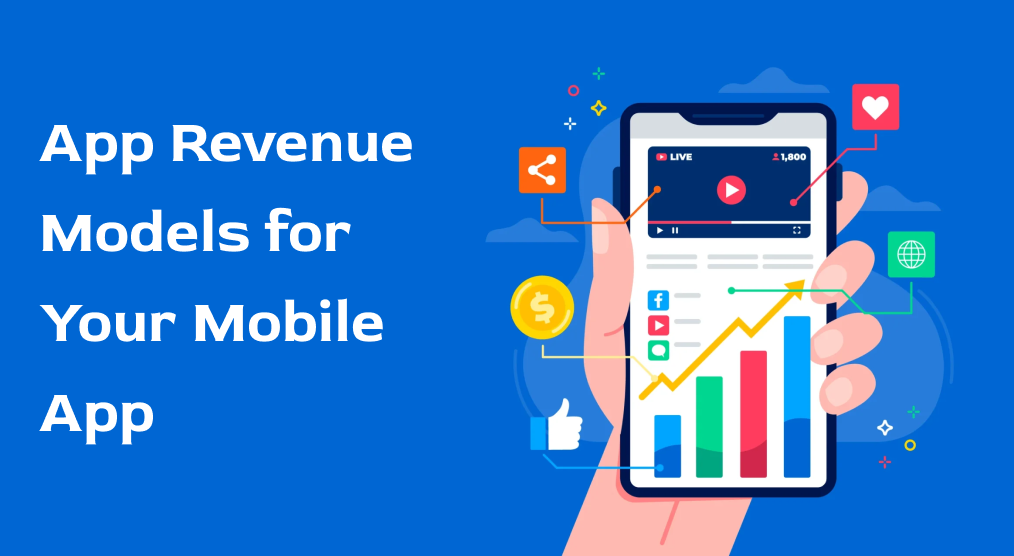
FAQs
1. Which is the most successful app revenue model?
Different revenue models are profitable for the same type of app and among various user groups. Still, in the long term, subscription and in-app purchases are considered par.
2. How does an In-App Ad generate revenue?
If you show ads to the user while he uses an application, revenue can be generated in-app through ads. Developers get paid for every impression, click, or conversion of an ad, so it's an excellent choice for free applications targeting large audiences.
3. Can I have more than one revenue stream from an app?
Indeed, most applications use these two revenue models. While some have both In-App Purchases and In-App Advertising, the balance must be maintained so the user is not overcharged.

